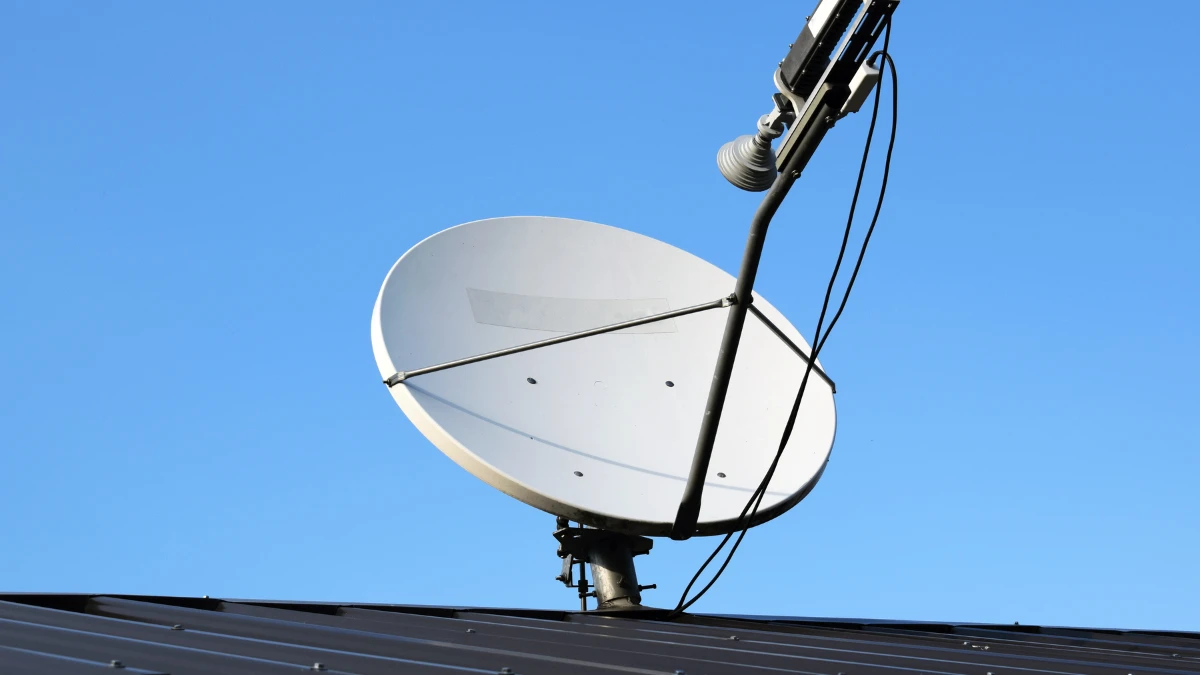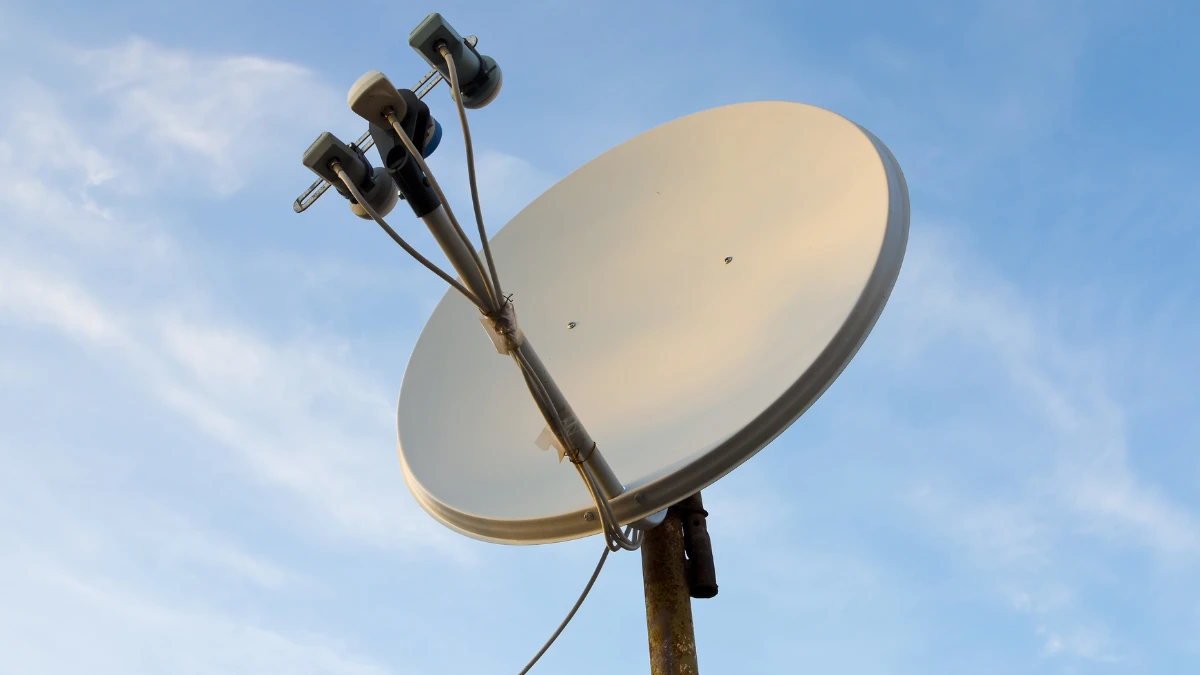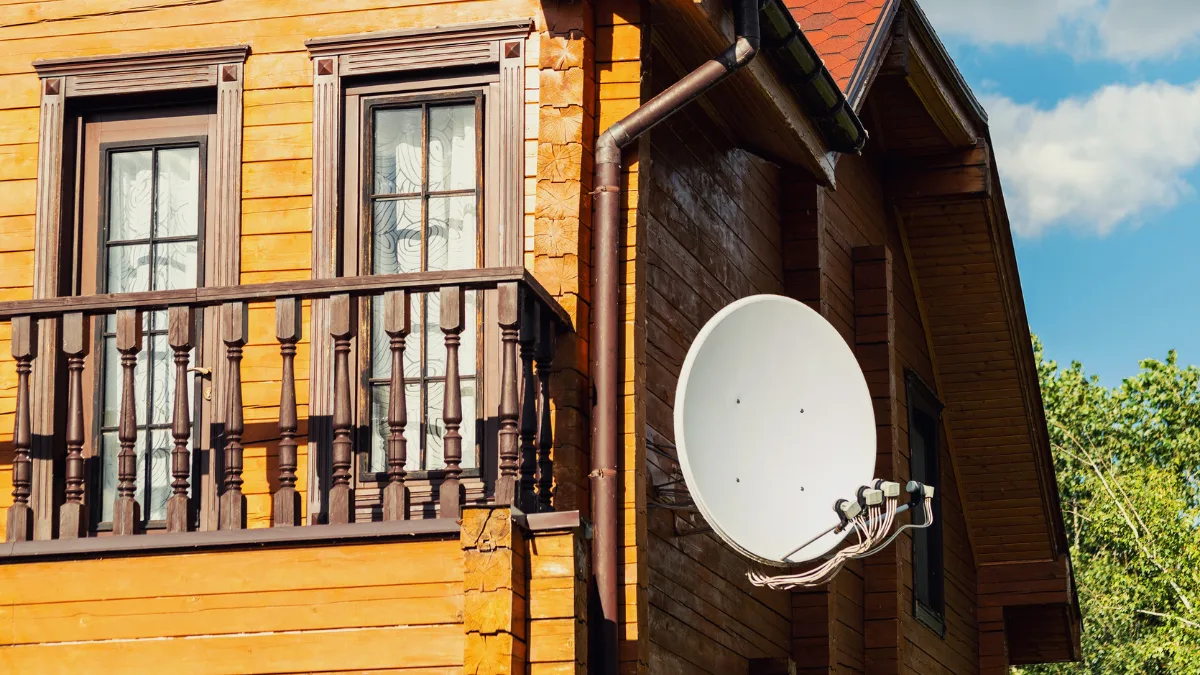There is only one way to stay connected to the internet in remote areas, which is called Very Small Aperture Terminal (VSAT). There are some types of VSAT with their advantages and disadvantages.
By knowing the types of VSAT, you can get a fast connection, good in bad weather conditions, and compatible with field requirements. Don't make the wrong choice of device.
This article will discuss the types of VSAT commonly used. Let's take a look so you don't make the wrong choice for your location.
The Types of VSAT

Basically, VSAT are divided into two types, based on the spectrum frequency and the hardware mobility. Here is an explanation of each type:
VSAT Based on the Spectrum Frequency
C-Band VSAT

C-Band VSAT is suitable for areas that are often hit by heavy rain, cloudy skies every day, or unpredictable weather. This type of VSAT has a stable signal even during rain or frequently changing weather conditions.
To provide a strong signal, this device is supported by large dimensions, requiring more space for installation. C-Band antennas are usually over 1.8 meters in size with an uplink frequency of 5.925 – 6.425 GHz and a downlink frequency of 3.700 – 4.200 GHz.
With a “sturdy” and reliable connection despite frequent weather changes, C-Band VSAT is used for government offices in remote areas, ATMs in remote villages, and long-term mining projects.
Ku-Band VSAT
Ku-Band VSAT is suitable for project locations that often move, internet in small communities, and personal use in suburban areas. This type of VSAT has a higher frequency, with the disadvantage of intermittent connections during bad weather.
With its higher frequency, this device has a smaller antenna (less than 1 meter), making it easy to install and move at any time. Ku-Band VSAT has an uplink frequency of 13.754 – 14.486 GHz (for Fixed Satellite Services) and 14.400 – 14.500 GHz (for Fixed Services). Meanwhile, the downlink frequency is 10.954 – 11.686 GHz (FSS) and 10.950 – 11.706 GHz (FS).
With its ease and practicality of assembly and disassembly, VSAT is an efficient choice for field projects or locations that are not yet permanent.
Extended C-Band VSAT

Extended C-Band VSAT is the perfect type for large projects that require fast and simultaneous connections from multiple devices. This type of C-Band VSAT is arguably the premium version of C-Band VSAT.
With greater data capacity, this device has an uplink frequency of 6.425 – 6.725 GHz and a downlink frequency of 3.400 – 3.700 GHz. Extended C-Band VSAT has greater bandwidth and is resistant to various types of weather. Not only that, the connection is also stable even when data traffic is heavy.
With a strong, resilient, and nonstop network, this type is usually used in locations that are activity centers, such as mining base camps, logistics offices, or command posts in remote locations.
VSAT Hardware Mobility
Fixed VSAT

Fixed VSAT is a type that is installed in a fixed location. This type of VSAT uses an antenna with a gyroscope system to maintain a fixed position pointing towards the satellite.
By being installed in a fixed position, this device produces a more stable signal quality with relatively lower usage costs. Fixed VSAT is usually installed in offices or homes.
Mobile VSAT
Mobile VSAT is a type that is suitable for businesses that require high mobility in remote locations. This type of VSAT uses an antenna with an auto-pointing system that can automatically track the position of the satellite.
With its ability to support connectivity in locations with high mobility, this device can be installed more practically and compactly. Mobile VSAT is usually installed on moving vehicles, such as cars, trucks, ships, or planes.
These are the types of VSAT based on their spectrum frequency and hardware mobility. By understanding the different types, you can make an informed decision before choosing them for your area. In choosing the right VSAT, you need to consider the geographical location, the amount of data required, and the weather in the surrounding area.
For areas with extreme weather but requiring a stable connection throughout the day, you can choose C-Band or Extended C-Band. Meanwhile, for short-term connections and locations that tend to be sunny, Ku-Band can be a more practical choice.